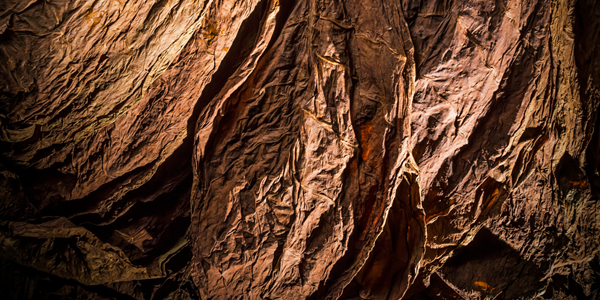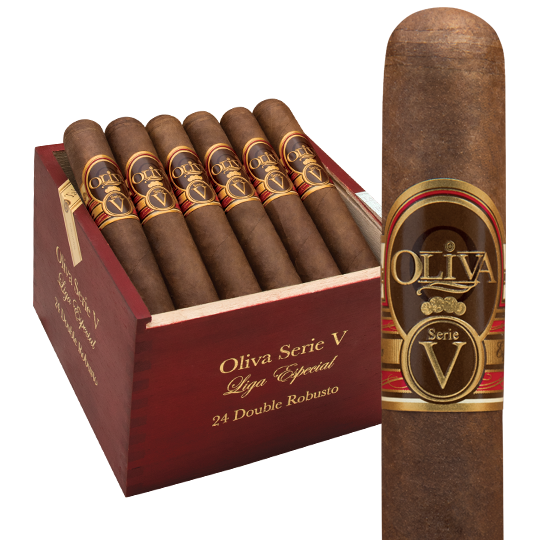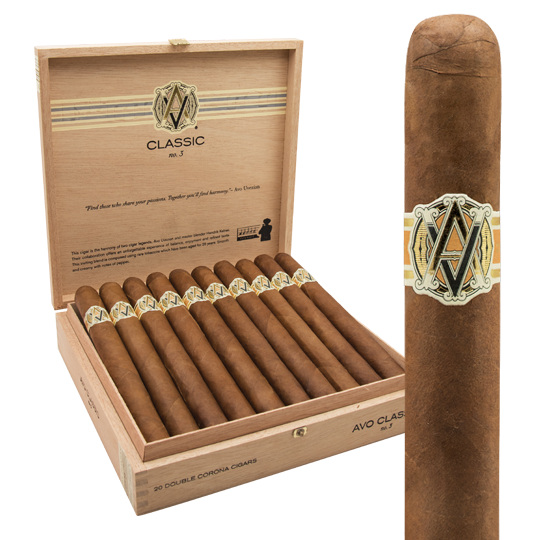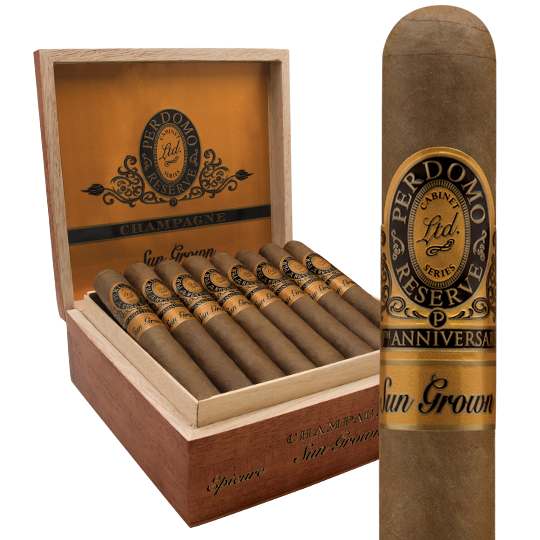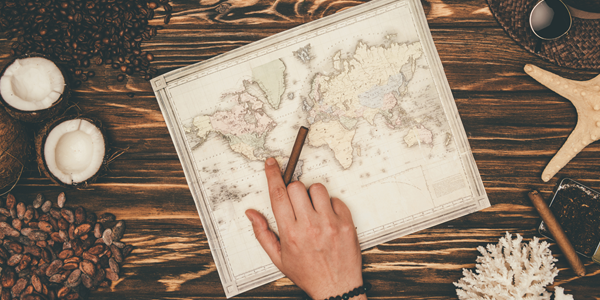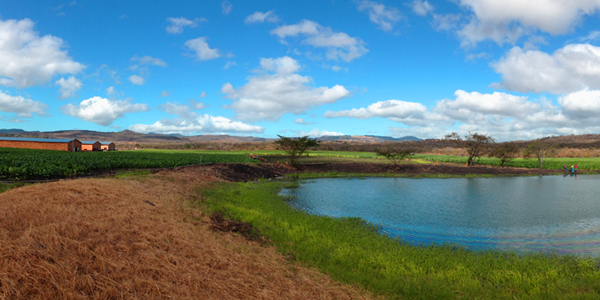All About Cigar Fillers
A cigar is made up of three parts. The wrapper is heralded as providing a lot, if not most of the flavor to a cigar. Cigars are generally categorized by their wrapper type. The binder is regarded mainly as a structural component that holds the cigar together. The part that often is underappreciated is the filler, the inside of the cigar that uses more tobacco leaves than any other part. Usually, the filler is referred to by its country of origin. Today, that can be meaningful if a cigar is made with tobaccos from only one country. This is known as a Puro, or a pure cigar. More interestingly, filler used from different countries makes for a more complex cigar. Does your favorite Dominican cigar have any Nicaraguan filler in it? You’d be pleasantly surprised.
Blending
The filler is the area in which a cigar blender can really tell a story. This is where a cigar can be made strong, aromatic, and made to taste distinctively. As might be obvious, a fatter cigar provides more room for more leaves and, so, more blending possibilities for creating complex flavors.
Construction Is Vital
The filler is the section of the cigar that is bound by the binder leaf after the filler leaves are prepared. The number of filler leaves depends on the size of the cigar, but think about three as the average. If the leaves in the filler are rolled or pressed too tightly, then air will not pass easily through the tube. So, when you smoke an Oliva Serie V Lancero, 7 x 38, about $8.00, and it draws well, that is because a skilled torcedor (roller) was on the case. A fatter cigar is supposedly easier to roll, but if you’ve smoked one that’s plugged, you know it’s not a slam dunk.
Types of Filler
Premium cigars use long filler only. That means that the leaves are whole. Short filler cigars (made with the remnants of leaves that get chopped up and used in less expensive cigars) can often be very flavorful. The Cuban Sandwich is a short filler cigar that is bound by one long filler leaf.
Variety: Leaves
Among the more common types of filler tobacco are: Volado (voh-LAH-doh), also known as Viso (vee-SOH), the bottom, somewhat thinner, leaves of all tobacco plants which have a mild flavor and burn well; Seco (seh-COH), the middle leaves of a tobacco plant that carry more strength; Ligero (lee-HEH-roh) leaves are spicy and very strong, coming from the top of the plant and always rolled into the middle of the filler because it burns slowly. Most cigars contain some of each of these leaves to form a blend.
Medio Tiempo (meh-DYOH tee-yehm-POH) is a rare leaf that, if it appears at all on the plant, grows at the very top and is very small. Medio Tiempo appears as two leaves and gets the most light of all the leaves on the plant. Only about one in ten plants show this leaf. The Cuban Cohiba Behike (beh-EE-keh) has put Medio Tiempo on the map, but if you’ve smoked a lot of Cuban cigars, you probably have experienced the leaf as it was often just thrown in with Ligero. Other cigar makers have begun to use the leaf to differentiate some lines.
All these leaves can come from different strains of tobacco plants that have their own personalities.
Different Tobacco Plants
Many tobacco plants have been developed and used mainly for wrapper leaf. Some hybrids have been created. Among cigars, four main tobacco plant families are prominent: Olor, Piloto Cubano, San Vicente and Criollo.
Olor is the DR’s native tobacco and it produces a relatively thin leaf. Olor is known for its aroma and burn quality. Olor is often used as binder. As a filler, it can have a very drying impact on the palate.
Piloto Cubano originated in Cuba’s Vuelta Abajo tobacco-growing region. Piloto is fuller and richer than Olor and it is truly an ideal filler leaf.
San Vicente is a hybrid of the Piloto leaf developed originally in Cuba and grown primarily in the Dominican Republic. It’s not as potent as Piloto and delivers a more acidic taste to the palate. You’ll find this leaf a lot in Avo cigars.
Criollo is a tobacco that was grown in Cuba. The word means “native.” Criollo (cree-OH-yoh) is the genetic model for Cuban tobacco from which all other seeds were developed and was originally used in all parts of the Cuban cigar, but was later used primarily as filler. When it is grown under shade, as it was in Nicaragua, Criollo makes a good wrapper.
We’ve provided a detailed explanation to understand the many tobaccos a blender chooses to create a cigar.
Fermentation
Fermentation is also important to determining the flavor of tobacco. The important thing to note here is that the number of fermentations can affect flavor. Some cigar-makers use up to three, such as in the Perdomo Champagne line that gets triple-fermented over many months in different types of barrels.

